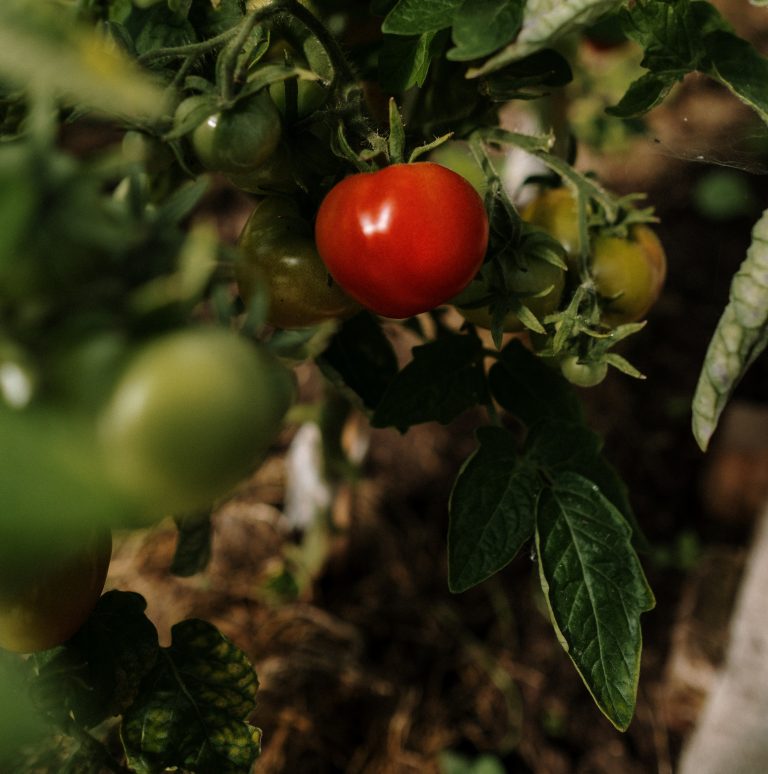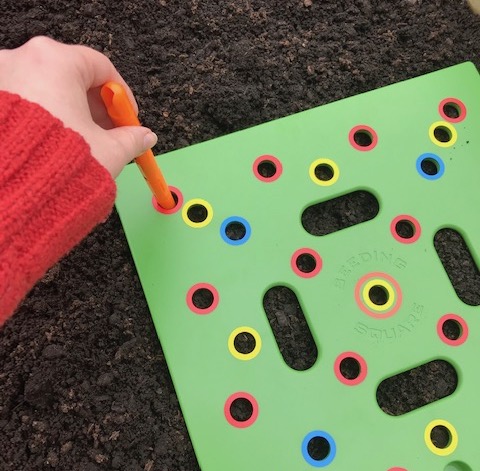When I started gardening over a decade ago, I was so excited to grow things that I would cram many seedlings into tiny spaces. My first garden was my pride and joy, but looking back on it, I made so many mistakes. Mistakes are good! They help you learn. But some of them are entirely…
square foot garden
Seeding Square Review: An Essential Tool for the Square Foot Gardener
In this review, I’ll explain how the seeding square makes organized planting a cinch! The Square Foot Gardening method has been my go-to since I began gardening. I love it for many reasons. It allows me to maximize my planting space and close spacing keeps weed growth to a minimum. My favorite aspect, though, is…

